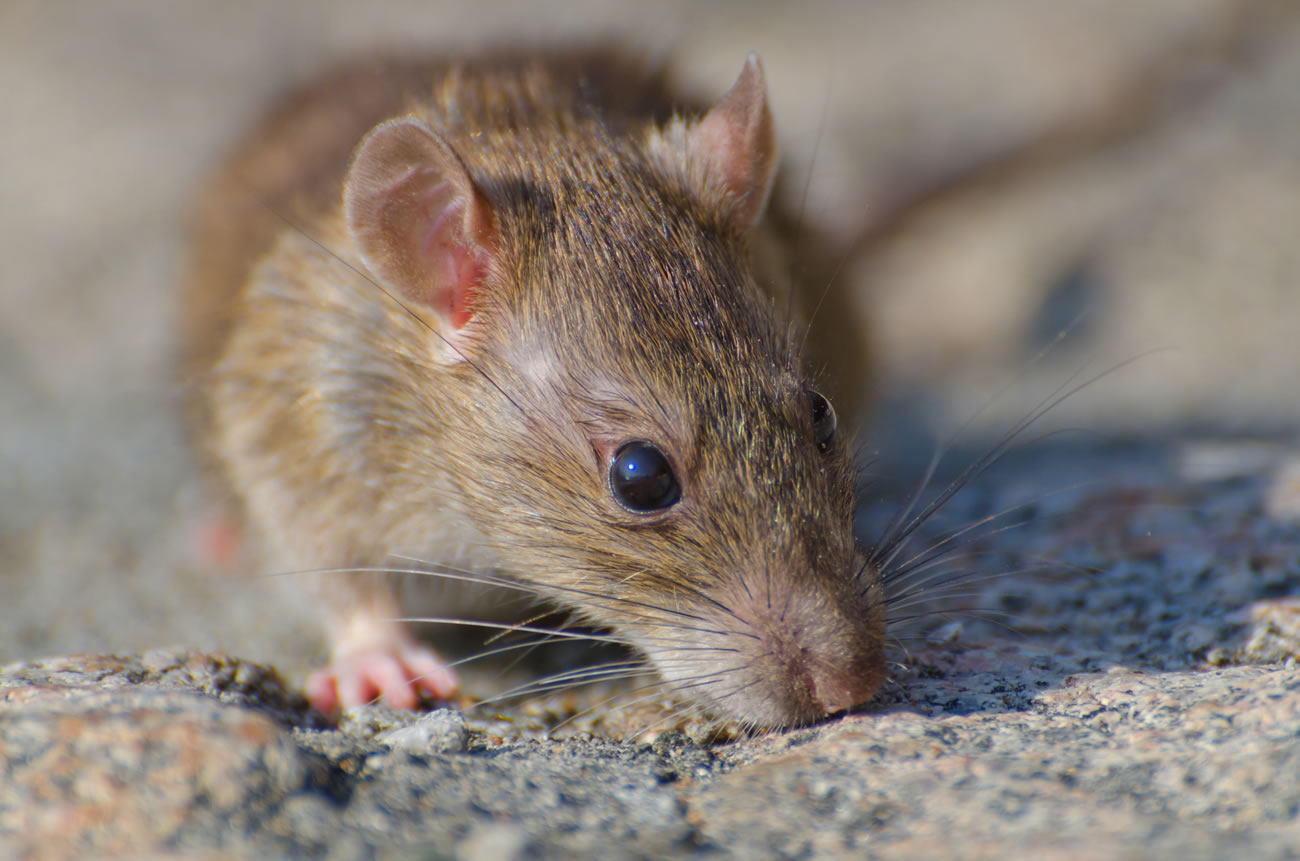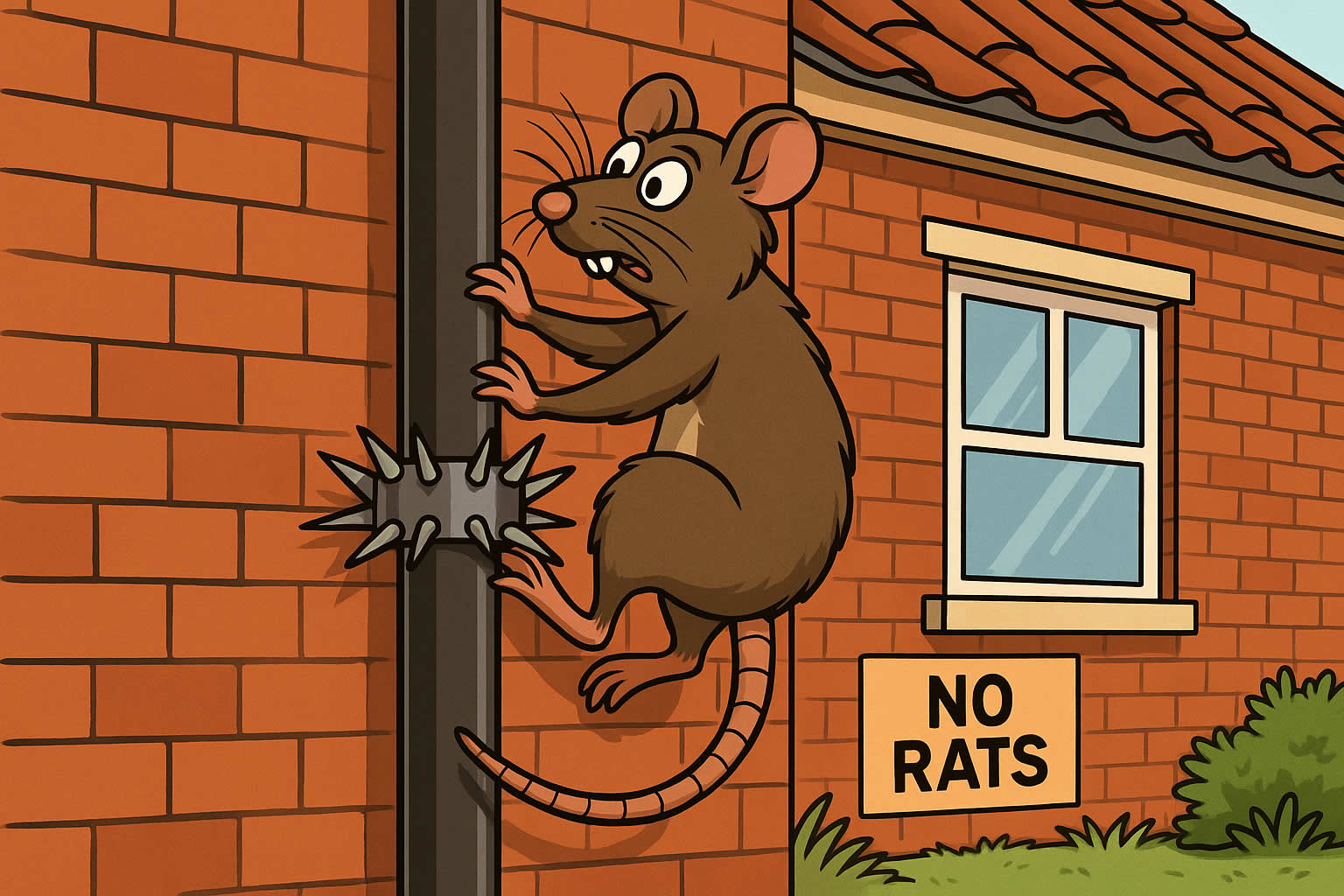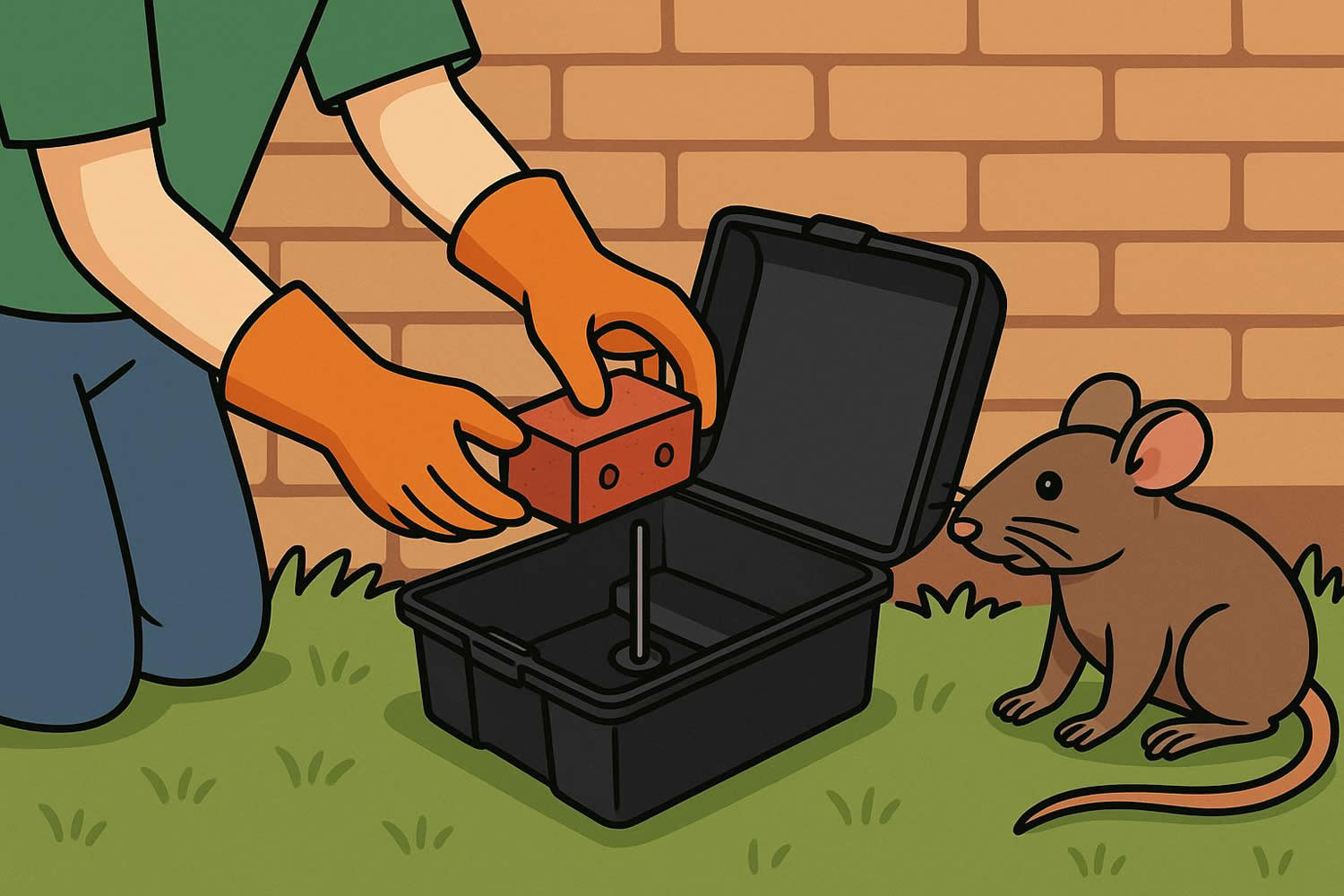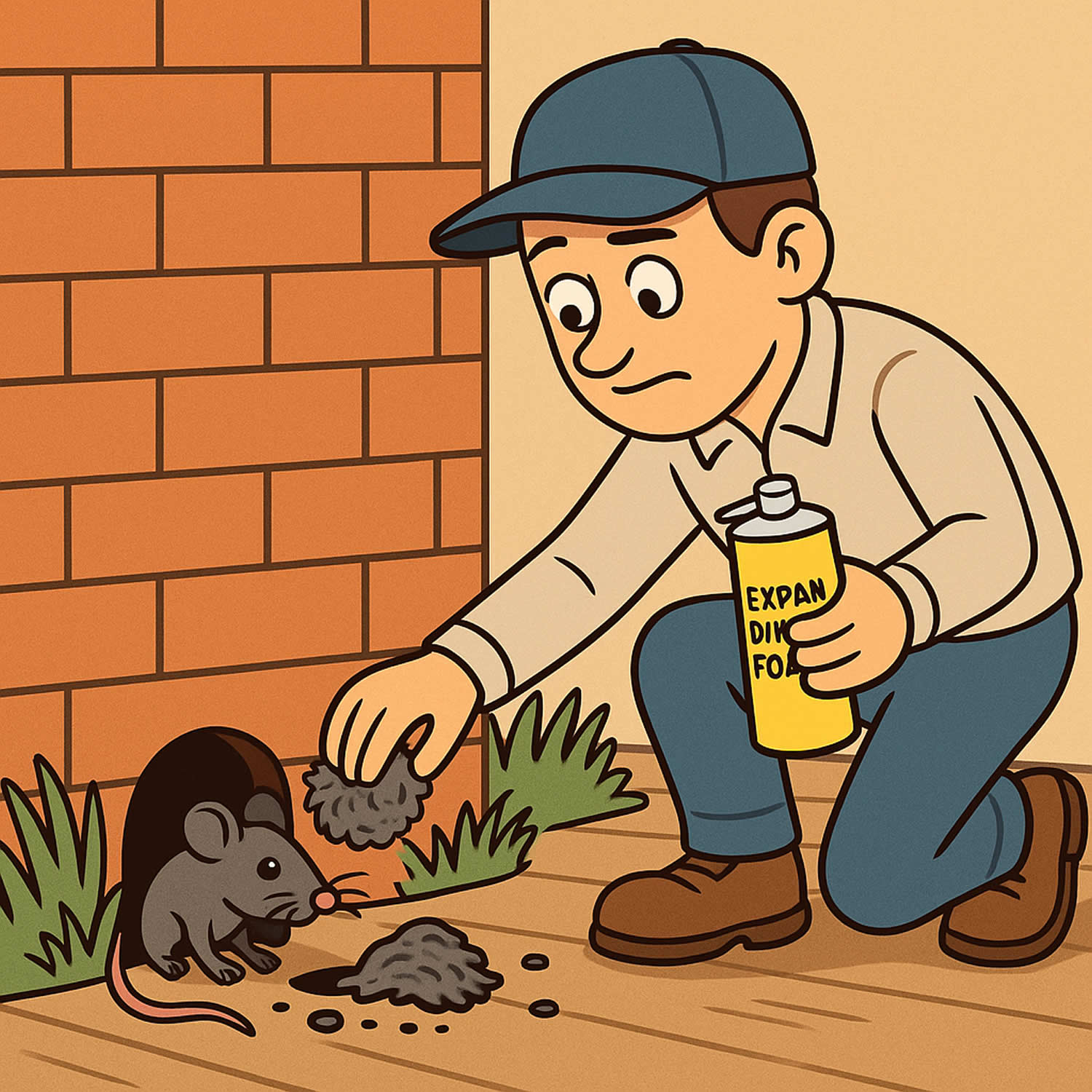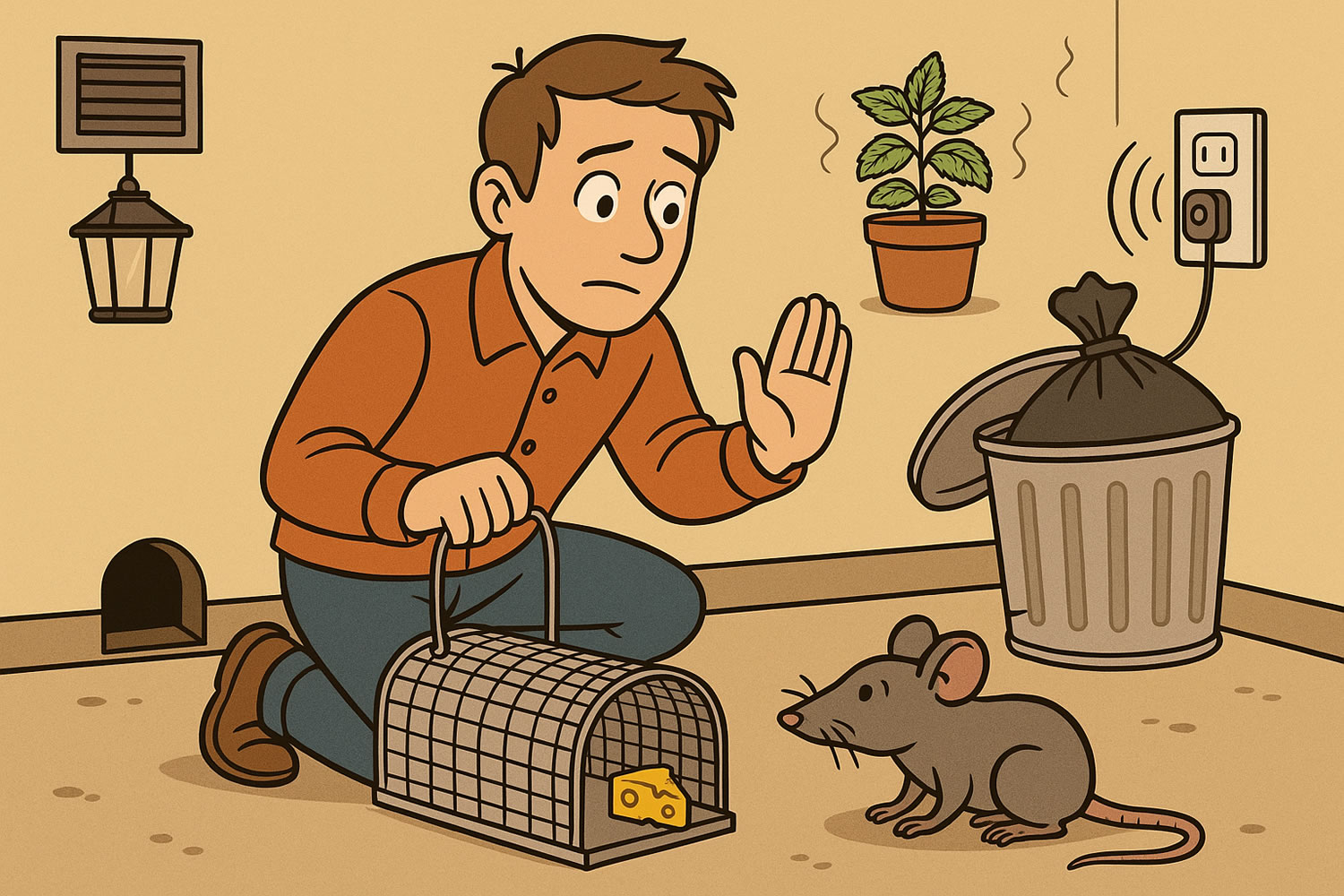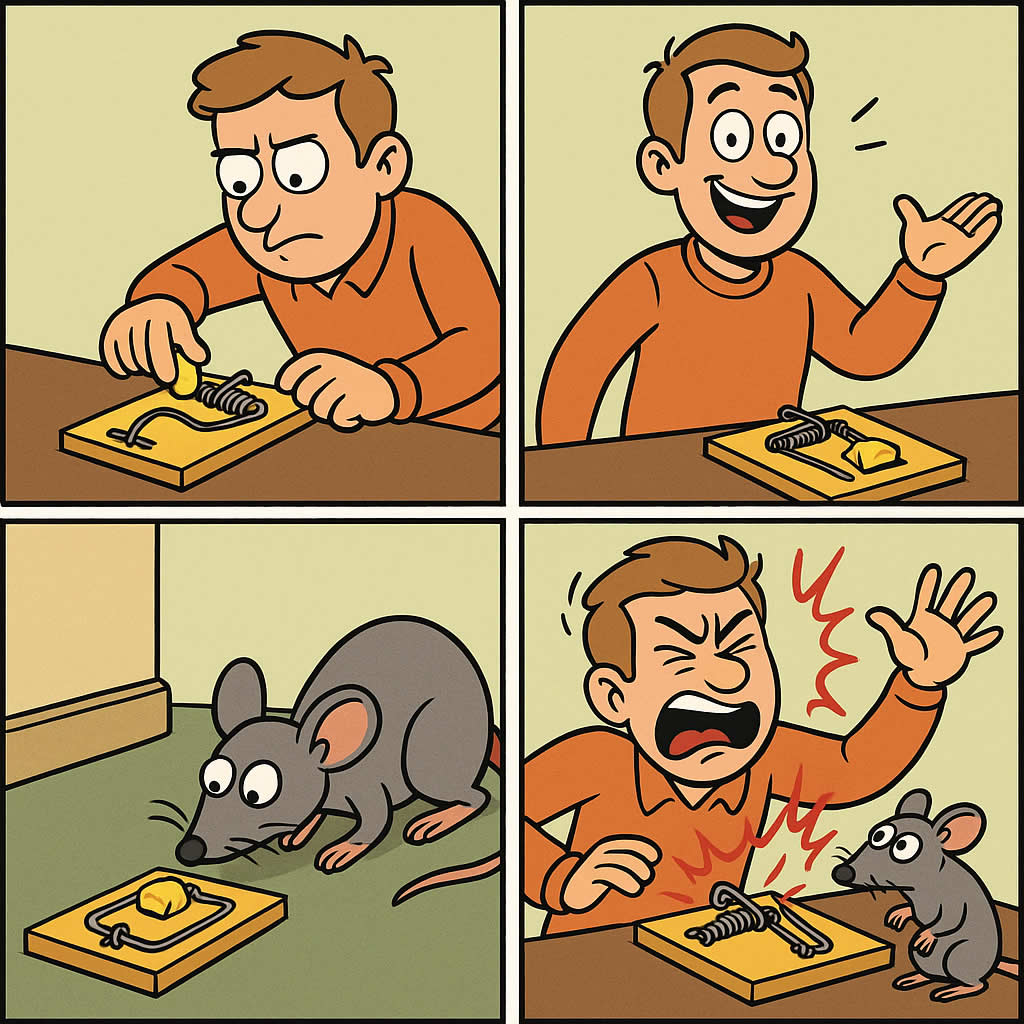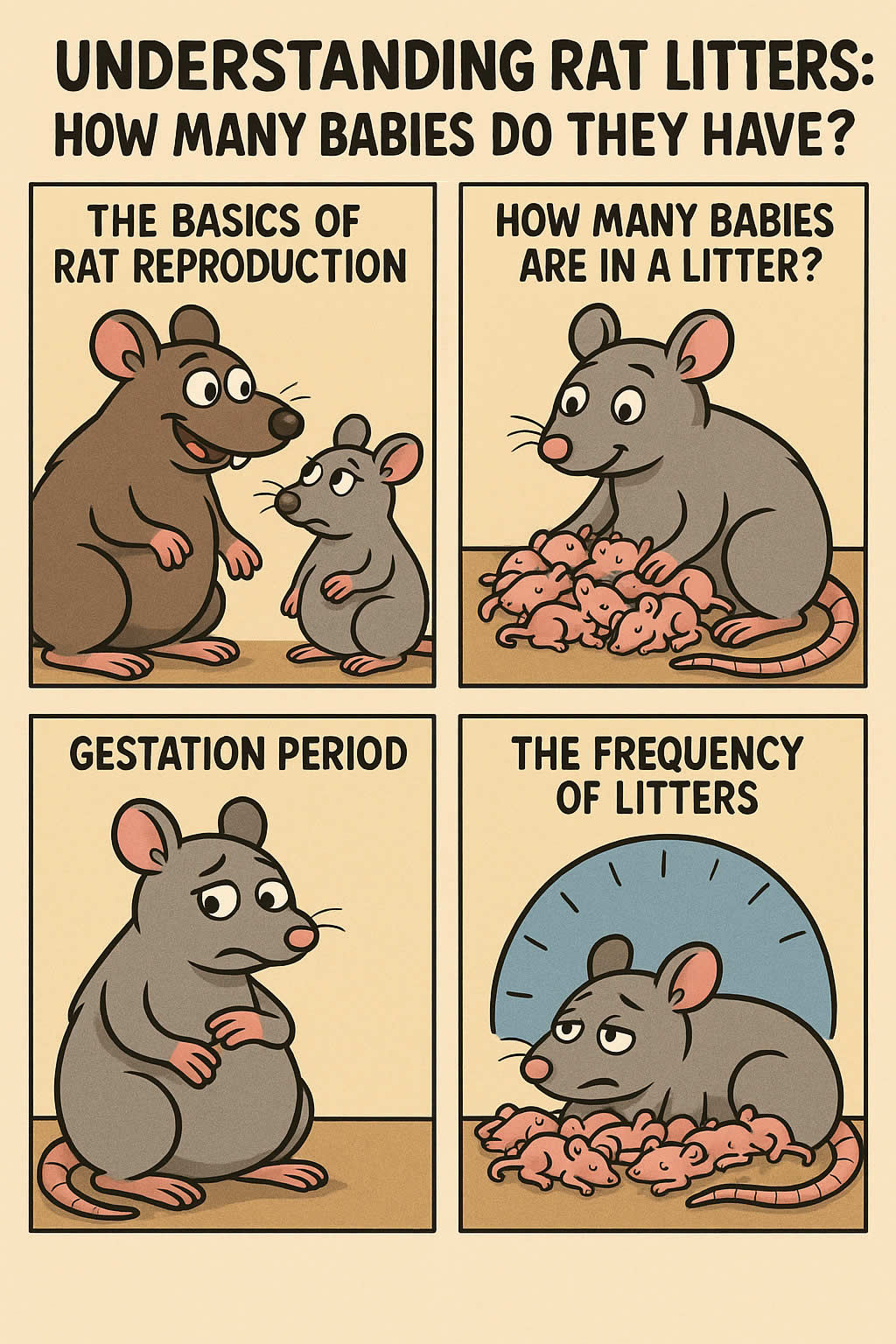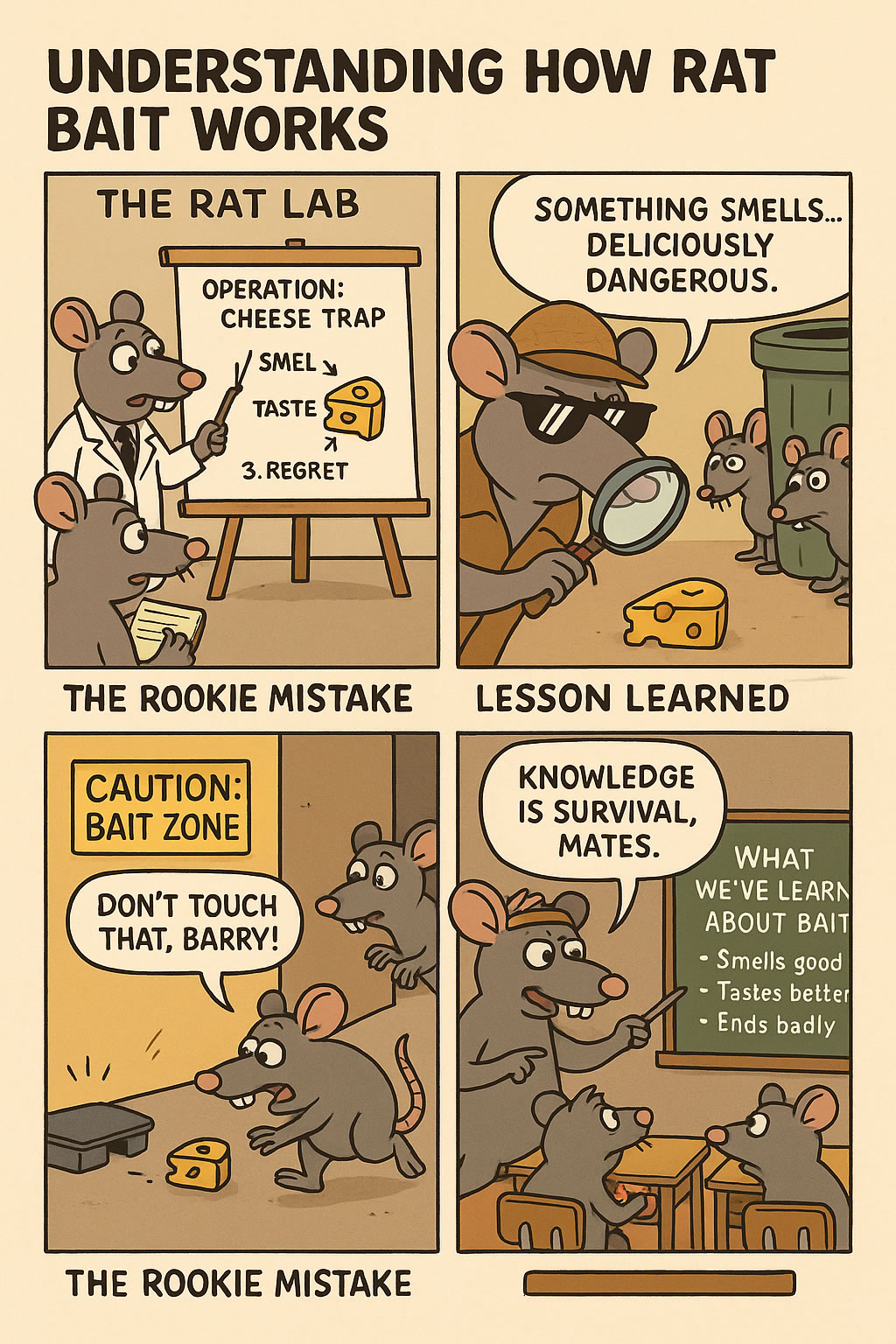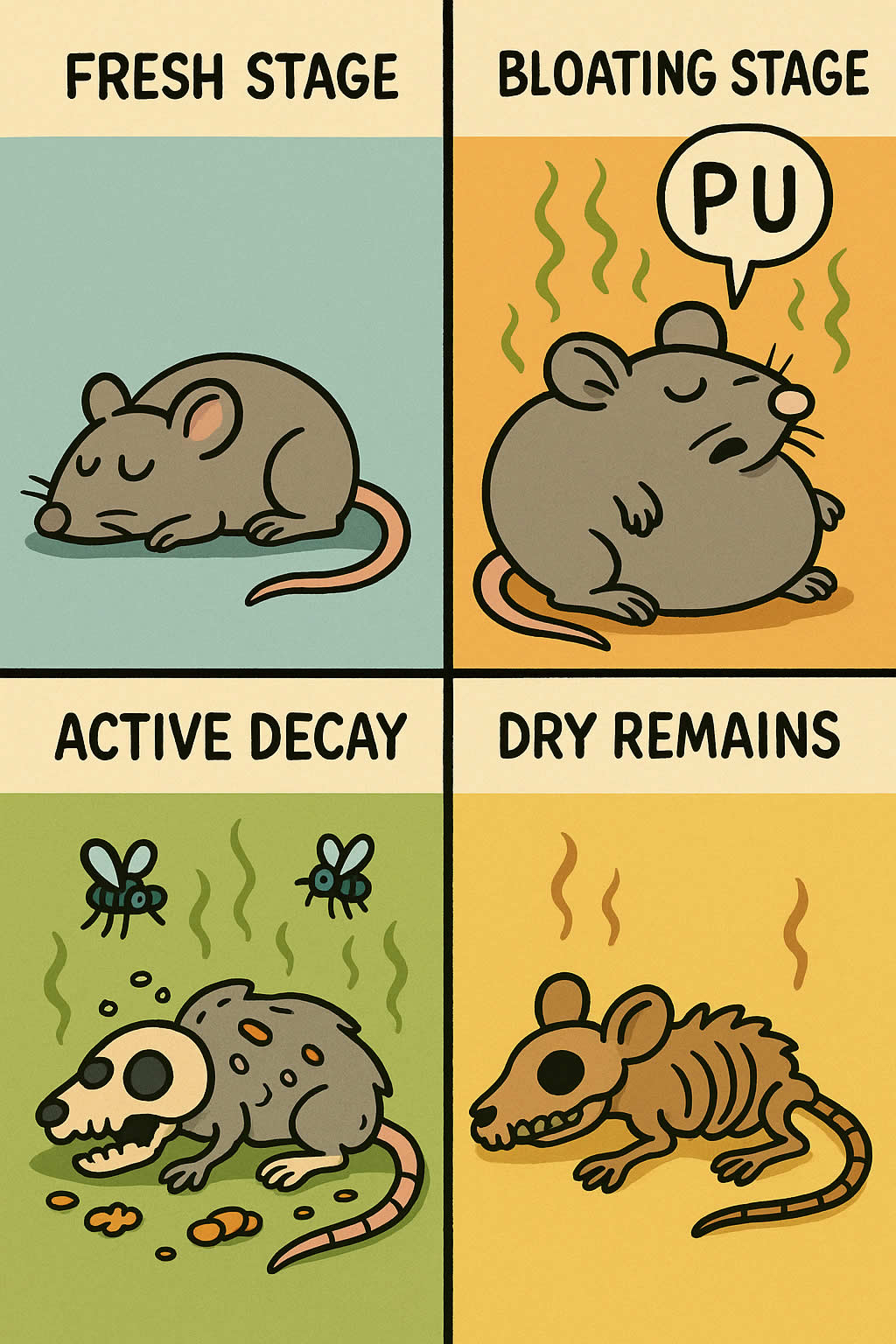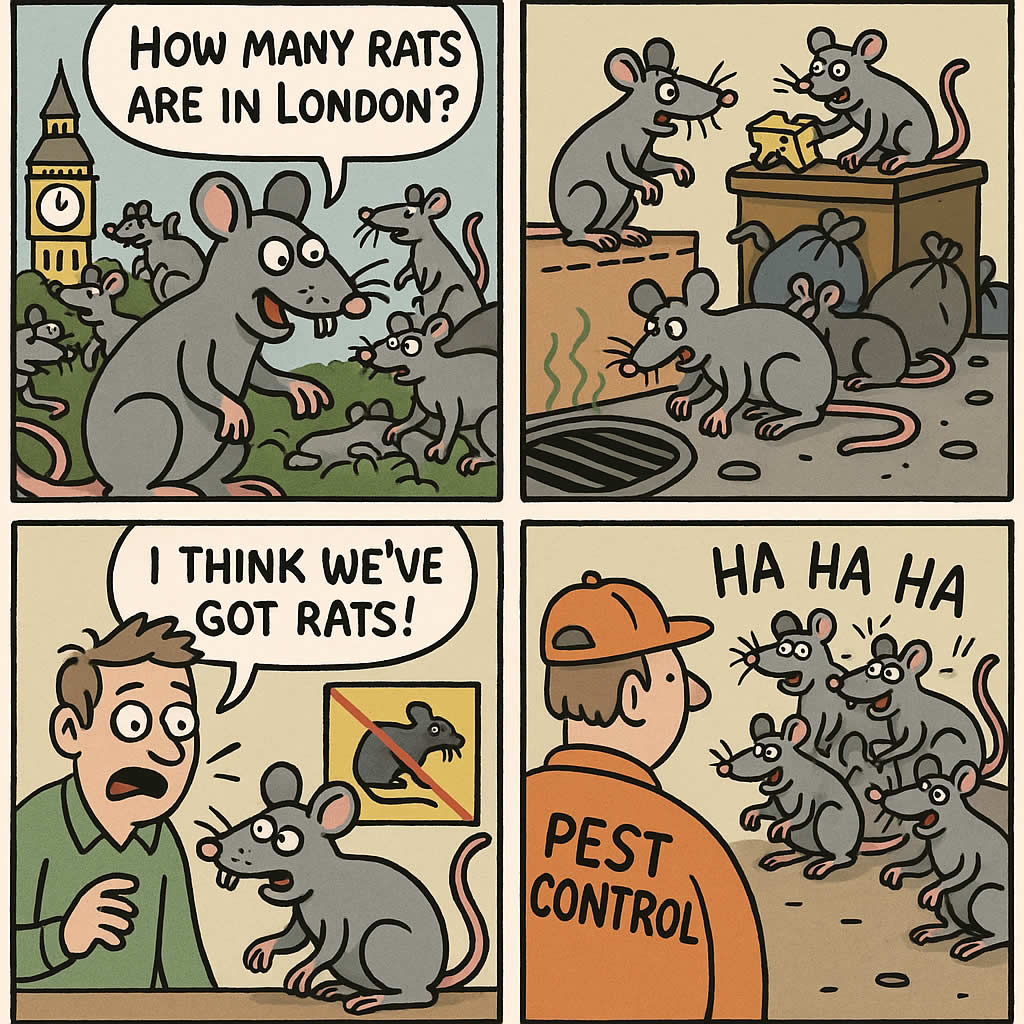Related Queries
ToggleHow to get rid of rats in the garden – There’s nothing quite like the immense satisfaction and deep fulfilment that a meticulously maintained garden brings to homeowners. The sense of pride and accomplishment that washes over you as you gaze upon the vibrant blooms and thriving greenery is truly unmatched. However, this idyllic scenario can be disrupted when unwelcome guests make their presence known, turning your haven of serenity into a battleground of frustration.
Imagine the sudden shock and dismay of stumbling upon a sneaky rat in your beautiful garden – a sight that sends shivers down your spine and threatens to unravel the tranquillity you’ve worked so hard to cultivate. Not only can these mischievous critters wreak havoc on your precious plants, nibbling away at tender leaves and devouring the fruits of your labour, but they also pose a threat to your family’s well-being by spreading diseases and leaving unsightly holes and burrows that mar the overall aesthetic of your meticulously manicured lawn.
How To Get Rid Of Rats In The Garden
Thankfully, you need not despair, as there are effective measures you can take to bid farewell to these unwanted garden intruders. In this comprehensive and informative blog post, we will guide you through a detailed step-by-step process that leaves no stone unturned, ensuring that you successfully reclaim your garden from the clutches of these pesky rats.
From practical tips on securing your garden perimeter by reinforcing fences and implementing natural barriers to tried-and-true methods for trapping and deterring these furry invaders, such as strategically placed traps and motion-activated deterrents, we’ll equip you with a wealth of knowledge and an array of tools to restore your garden to its former glory.
With our expert guidance and advice, your once-beleaguered garden will transform into a lush sanctuary of beauty and tranquillity, thriving once again. This renewed haven will provide you with the perfect place to unwind, connect with nature, and revel in the satisfying rewards of your green thumb. So, let’s embark on this journey together and take back control of your garden!
Identify the Signs of a Rat Infestation
Before you begin addressing a potential rat infestation in your garden, it is crucial to accurately identify whether or not you are indeed dealing with one. Look out for certain telltale signs that may indicate the presence of rats, such as the sight of droppings, evidence of chewed plants or fruits, noticeable holes in lawn beds, and any discernible trails they may leave behind. Additionally, keep an eye out for gnaw marks on wooden structures or signs of nesting materials like shredded paper or fabric.
Once you have confirmed the existence of a rat infestation, it is imperative to take swift and decisive action in order to prevent the problem from escalating further. This may include measures such as setting up humane traps, sealing entry points, and implementing proper sanitation practices to eliminate potential food sources. Remember, early detection and prompt intervention are key to effectively managing and resolving a rat infestation in your garden.
Keep Your Garden Clean and Tidy
Rats, with their natural inclination towards food and shelter, can become a nuisance in unkempt gardens filled with rubbish and debris. These conditions create an inviting environment for these critters to make their home. To prevent their unwelcome presence, it is crucial to maintain a clean and tidy garden space. Take care to store any food in secure, airtight containers and dispose of litter properly to deprive rats of easy access to sustenance.
Additionally, promptly cleaning up any dropped food beneath birdfeeders will further minimise the risk of attracting these rodents. By diligently implementing these precautions, you can effectively safeguard your garden from the intrusion of these unwanted rodent guests.
Create a Rat Barrier
Creating a physical barrier around your garden is an effective method to restrict rats’ access. Consider erecting a sturdy fence or wall, ensuring no cracks or gaps are left unsealed, preventing their entry. Additionally, you can safeguard your plants and trees by using mesh, tree wrap, or plastic guards, effectively shielding them from gnawing and other potential damage.
Taking these measures will not only help maintain the integrity and security of your garden but also provide a safe haven for your beloved plants, ensuring they thrive and flourish undisturbed. By implementing these protective measures, you can create a tranquil and lush garden oasis free from the nuisance of pesky rodents.
Use Traditional Rat Traps
Traditional rat traps, such as snap traps and live traps, are widely embraced methods for effectively eliminating rats in the garden. These traps operate by enticing rats with irresistible bait, luring them to trigger the trap mechanism and ultimately leading to their capture or elimination.
To achieve optimal results, it is advisable to strategically position the traps in areas where rats are most likely to roam and seek shelter, such as near food sources or along their pathways. Regular monitoring of the traps is crucial to promptly remove any trapped rats and to ensure continuous control of the rat population in your garden.
When handling the traps, it is important to prioritise safety by wearing protective gloves. Rats can transmit diseases, such as leptospirosis or hantavirus, through direct contact with their bodies. By taking necessary precautions and wearing gloves, you can minimise the risk of exposure and protect yourself from potential health hazards.
Make Use of Professional Help
When confronted with a persistent rat infestation, it is often wise to seek the assistance of a professional rat exterminator. These experienced experts possess the necessary knowledge and expertise to meticulously assess your garden, taking into account various factors such as the type of rats, their nesting habits, and potential entry points. Through their meticulous evaluation, they can devise a tailored and effective strategy that not only eliminates the existing rat population but also ensures long-term protection against future intrusions.
By implementing targeted measures, such as the placement of bait stations, the sealing of entry points, and the use of traps, these professionals work diligently to eradicate the rats from your garden. Moreover, they go the extra mile to educate you about preventive measures and advice on maintaining a rat-free environment.
Rest assured, with the expertise of a professional rat exterminator, your garden will be safeguarded and free from the recurring menace of rats. Say goodbye to the worries and troubles caused by these pesky intruders and enjoy a garden that is truly pest-free.
Conclusion
Nobody wants to deal with rats in their garden. These pesky creatures can wreak havoc and pose health risks. But fear not; there are effective ways to tackle this problem. First and foremost, proper identification is key. Understanding the types of rats that inhabit your garden will help you develop targeted strategies.
Maintaining good hygiene is crucial. Keep your garden clean and free of food sources that may attract rats. Regularly dispose of waste and ensure that garbage bins are securely sealed.
Physical barriers can be a game-changer. Fencing off your garden or using wire mesh can prevent rats from entering and causing damage. Additionally, consider sealing any gaps or holes that may serve as entry points for these unwanted visitors.
Traditional traps can be effective in catching rats. There are various types available, such as snap traps and live traps. Place them strategically in areas where rats are likely to roam.
For more complex infestations, seeking professional help is recommended. A licensed rat exterminator will have the expertise and tools to eradicate the problem safely and efficiently. Regular checkups with a professional can ensure that your garden remains healthy and lush.
Remember, prevention is better than cure. By implementing these measures, you can maintain a rat-free garden that thrives with vibrant flora and provides a safe environment for you and your family.
Getting rid of rats in the garden can be a challenging task, but it is possible with the right approach. Here are some effective methods to eliminate rats from your garden:
- Eliminate Food Sources: Rats are opportunistic feeders and will be attracted to any accessible food sources. This includes pet food, bird seed, fallen fruit, and compost piles. Securely store pet food indoors, use hanging bird feeders, and clean up fallen fruit regularly. Consider relocating or enclosing your compost pile to make it inaccessible to rats.
- Seal Entry Points: Rats are excellent climbers and can squeeze through surprisingly small openings. Inspect your home’s exterior for any potential entry points, such as cracks in foundations, gaps around pipes, or holes in vents. Seal these openings with caulk, wire mesh, or other suitable materials.
- Remove Nesting Sites: Rats often create nests in dense vegetation, woodpiles, or under porches. Clear away any overgrown vegetation, remove debris piles, and eliminate potential nesting sites. This will make your garden less appealing to rats and reduce their chances of establishing a colony.
- Utilise Traps: Traps are an effective way to catch and remove rats from your garden. There are various types of traps available, including snap traps, live traps, and bait stations. Place traps in areas where you have seen rat activity or along potential rat travel routes.
- Consider Natural Repellents: While natural repellents may not provide complete elimination, they can discourage rats from entering your garden. Some natural rat epellents include peppermint oil, cayenne pepper, garlic powder, and white vinegar. Soak cotton balls in these repellents and scatter them around the affected areas.
- Seek Professional Assistance: If the rat infestation is severe or you are uncomfortable dealing with it yourself, consider hiring a professional pest control service. Professional pest controllers have the expertise and experience to safely and effectively eliminate rats from your garden.
Remember, persistence is key when dealing with a rat infestation. Regularly monitor your garden for signs of rat activity, maintain your prevention measures, and continue to use traps until the infestation is under control.
FAQs
How can you tell if there are rats in your garden? What are the signs to look out for?
Signs of rats in your garden can be identified through various indicators. Look for small droppings scattered around, evidence of chewed plants or fruits, noticeable holes in lawn beds that appear to have been dug out, gnaw marks on wooden structures like fences or sheds, and keep an eye out for nesting materials such as shredded paper or fabric. These are all telltale signs that may indicate a rat infestation in your garden.
What types of damage can rats cause in a garden? Can they harm plants or spread diseases?
Rats can cause extensive damage in gardens by gnawing on plants, fruits, and trees. They may eat seeds, roots, stems, leaves, and fruits. Rats can also burrow into lawn beds, leaving unsightly holes and mounds. In addition, rats can spread diseases through their urine and faeces.
Why is it important to act quickly if you suspect a rat infestation in your garden?
It’s crucial to address a rat infestation promptly before it can spread further. The longer an infestation goes unchecked, the more rats will breed and the more damage they will inflict. Acting quickly can help get the infestation under control.
What are some effective ways to make your garden less attractive and accessible to rats?
Maintain cleanliness, remove debris and food sources, eliminate nesting sites, seal entry points, install fencing/barriers, and use repellents to make your garden less hospitable to rats.
What kind of barriers, like fencing or wire mesh, can prevent rats from getting into your garden?
Sturdy fences, garden walls, wire mesh, and plastic guards around plants can create effective physical barriers to block rat access and protect your garden.
Where should you place rat traps in the garden for best results? Are some locations better than others?
The best places to position rat traps are near food sources, along pathways, and in areas where you have observed signs of rat activity. Traps near burrows and nests also tend to be effective.
What safety precautions should you take when handling rat traps? What diseases can rats potentially transmit?
Wear protective gloves when handling rat traps to avoid direct contact with rats. Rats can transmit diseases like leptospirosis and hantavirus through their urine, faeces, saliva, and rat bites. Avoid touching them with bare hands.
How can a professional exterminator help get rid of rats in the garden? What methods do they use?
Professional exterminators use targeted baiting, sealing of entry points, specialised traps, and exclusion tactics. Their expertise, equipment, and precision tactics can effectively eliminate rats and provide long-term prevention.
What ongoing prevention measures should you take to keep rats out of your garden after eliminating an infestation?
Maintain cleanliness, seal entry points, install barriers, remove food sources and clutter, monitor for signs of re-infestation, and consider regular professional inspections for prevention.
What natural repellents, like peppermint oil or garlic, can help deter rats from your garden? How effective are they?
Peppermint oil, garlic, cayenne pepper, white vinegar, and predator urine can help repel rats through their strong scents. However, natural repellents alone are usually not sufficient for eliminating large infestations.
Pest Control Whipsnade – Pest Control Southill – Pest Control Wixams
